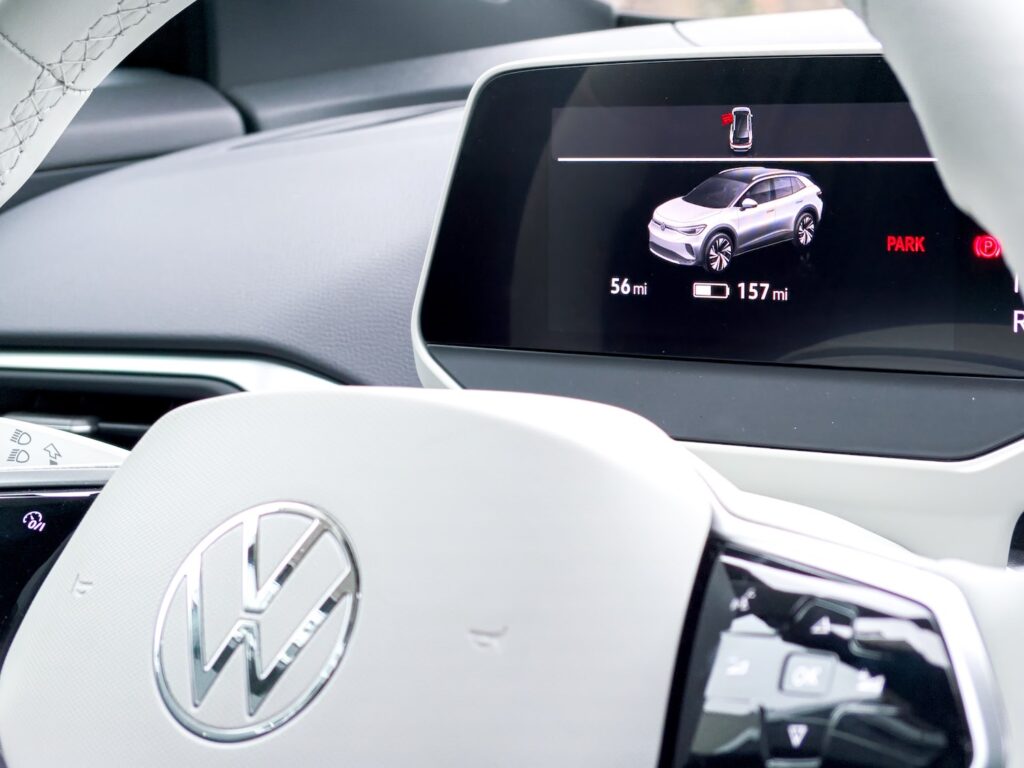Today, with the latest and greatest battery packs that hold over 100kWh, ranges are 200-400 miles and growing. The new Ford F150 Lightning truck is expected to have a range of over 350 miles with 1000lbs of payload in the bed. Range is predicted to be over 400 miles with nothing in the bed. That’s still a little less than the 410 mile range that my friend’s truck stated when I filled it up at the gas pump yesterday, but its quite a bit more than the 250 mile range I get in my 2020 Jeep Wrangler (obviously 35in tires don’t help with MPG 😊).
Will range and battery of EVs continue to improve?
YES. Advancements in battery technologies to improve the capacity of current battery chemistries is expected at 10-15% within the next 5 years. That means that an EV today that has a 400 mile range could be 500-600 miles soon. That does not even consider new battery chemistries that are being worked on in the lab and future chemistries that scientists will discover. I predict that over the next decade, EV’s range will surpass that of ICE vehicles, even those with large fuel tanks.
What about acceleration?
Well, there’s not much to debate there. If you have not yet had the opportunity to drive an EV, DO IT! They are earth shatteringly fast. Take the Tesla Model S Plaid which has 0-60 times under 2 seconds, top speed over 175mph, and quarter mile times in the 8 second range. That not only makes it extremely fast, but it also makes it quite literally, the fastest production car in the entire world. That makes it faster than $1 million even $2 million supercars with ICEs. The Tesla S Plaid certainly isn’t cheap at around $150k, but just look at that performance compared to vehicles over 10x the price. I recently test drove a Tesla Model Y base with a MSRP around $52k and even that was WOW fast. So go test drive one, you will not be disappointed.
Are EVs safe?
EVs are inherently going to be safer than ICE vehicles due to their low center of gravity. Typically, manufacturers are designing a flat battery pack that takes up much of the length and width area between the wheels. That makes for not only agile, maneuverable ride characteristics but also lends itself to safety. A vehicle with a low center of gravity has much less of a chance to flip over in an accident. While it may seem scary to have all that electricity flowing right underneath you, the safety cut-off switches, protective armor and other measures integrated into these designs means that they are statistically safer than ICE designs.
Ease of manufacturing and maintenance
An easy win for EV. Watch a YouTube video that compares the construction and number of components of an EV to an ICE vehicle. Gasoline powered vehicles typically use about 30,000 components. EVs require about half as many. That means half as many things to be installed at the factory during production, and half as many things to go wrong and need to be replaced or fixed. EVs are and will be more reliable than ICE vehicles. Again, look for future improvements to make the seesaw lean even more in favor of EVs for reliability.
Last, it is clear that governments around the world as well as car manufactures have made their decision crystal clear. Volvo just converted over its entire ICE manufacturing line in the US to start producing EV drivetrains. They said all their vehicles would be electric by 2030.
Jaguar – 2025
Audi – 2026
Alfa – 2027
Mini – 2025
Mercedes-Benz – 2030
Fiat – 2030
Ford – 2030
GM – 2035
Honda – 2040
The list goes on and on and on. As the manufactures release new models, with more attractive (lower price points), sales of EV will go up, and ICE will go down. It’s just unavoidable.
To read more about breezEV chargers and their technology click here.
